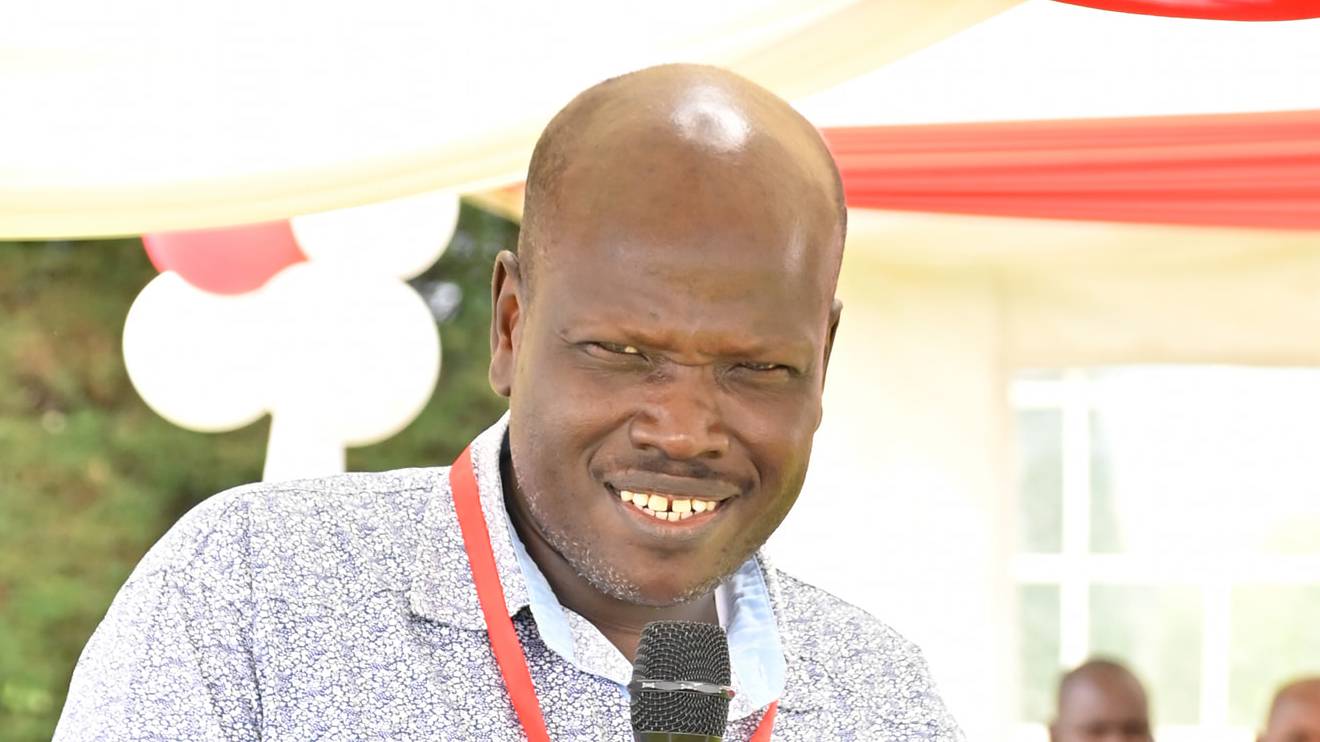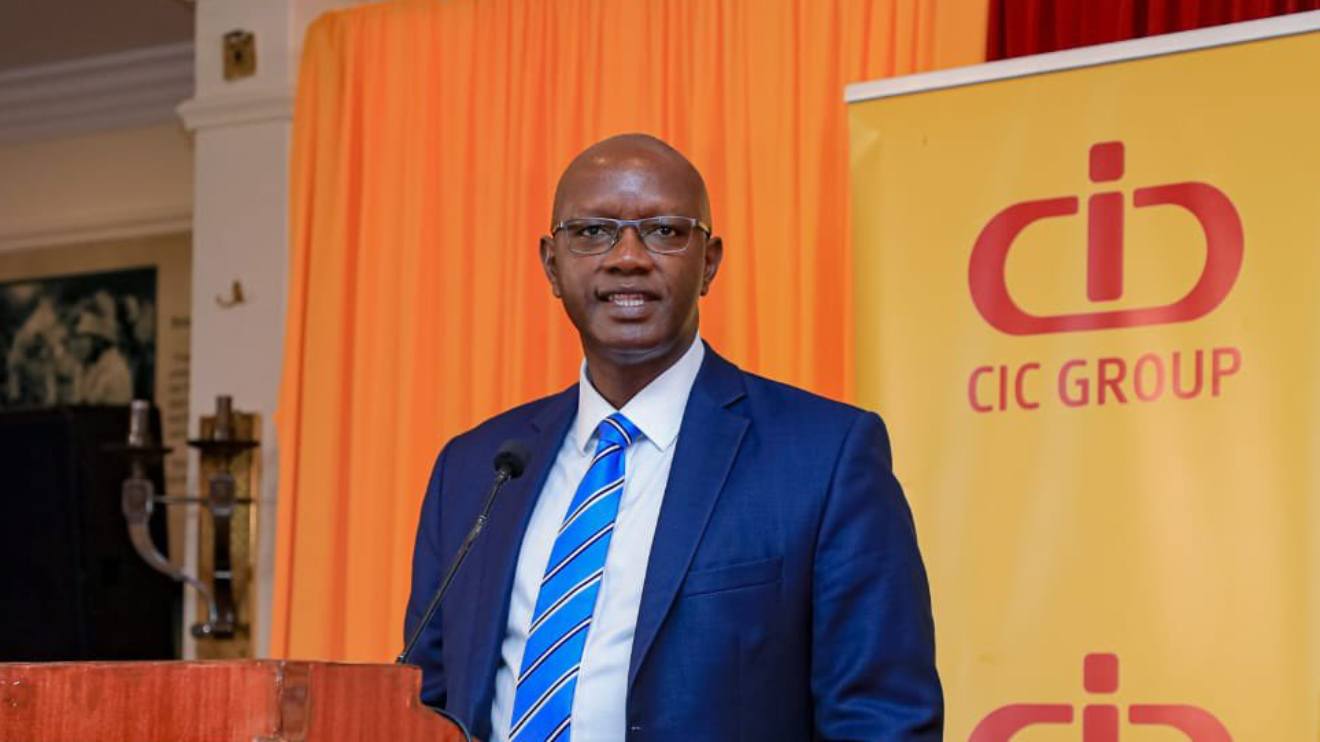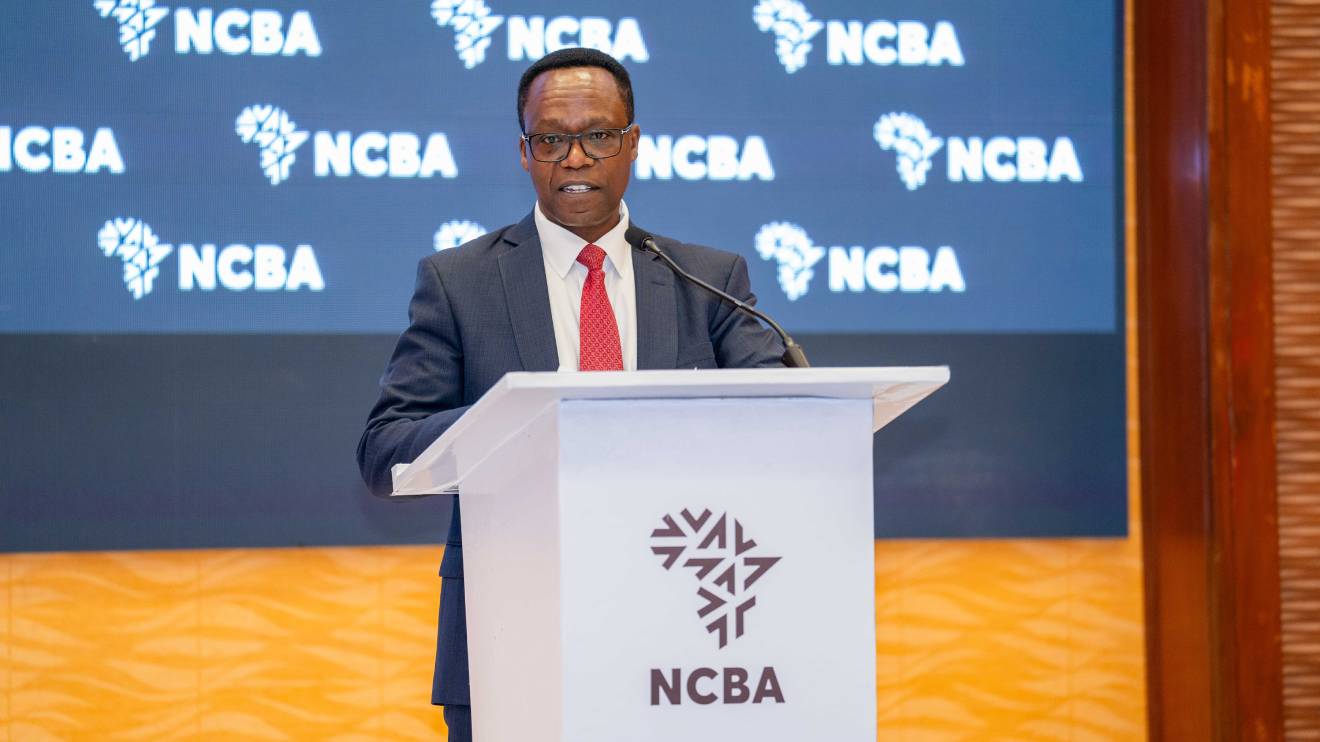Kenya Power's Managing Director and CEO, Joseph Siror, shared insights into the factors contributing to the company's losses and subsequent high power prices for consumers during an interview with a local radio station on Tuesday.
Siror highlighted two significant contributors to the escalating power costs - technical losses and commercial losses. He explained that technical losses occur during the transmission and distribution of power, while commercial losses are a consequence of illegal connections and vandalism.
"Reducing losses to 0 per cent is highly impossible," Siror acknowledged while expressing the company's commitment to minimize these losses.
Transmission-wise, Siror emphasized the correlation between voltage and technical losses.
"The higher the voltage of the transmission, the lower the technical losses incurred," he clarified.
Read More
Kenya Power's initiative to double the voltage results in a 25 per cent reduction in losses.
The construction of the high-voltage Turkwel-Ortum-Kitale Power line aims to cut circuit distances from 400km to 138km, effectively reducing technical losses associated with transmission.
During the distribution phase, Siror drew attention to the adverse impact of lengthy transmission lines on technical losses.
Lengthier lines, due to increased resistance, result in reduced electricity flow, ultimately causing consumers to purchase fewer units at higher prices.
"We are actively working on projects involving high-voltage power lines to counter the natural technical losses over long distances. This will ultimately drive down power costs," Siror affirmed.
However, Siror acknowledged that the realization of these projects has been hindered by various challenges.
He highlighted the Sondu-Homabay-Awedo project, delayed due to contractor bankruptcy.
Siror addressed the choice of conductor materials, revealing that Kenya Power predominantly employs aluminium due to its cost-effectiveness, availability, and favourable conductivity-to-weight ratio.
Nevertheless, he recognized aluminium's tendency to bend more than copper.
Conductor thickness also plays a pivotal role.
Siror elucidated that thicker conductors diminish technical losses due to lower electrical resistance, leading to less energy wastage. However, he noted the cost implications, saying, "The best conductor we can use is copper, but it is expensive, so we opt for aluminium. This is an indication that we are allowing some losses."



-1755100273.jpeg)
-1756474472.jpg)



